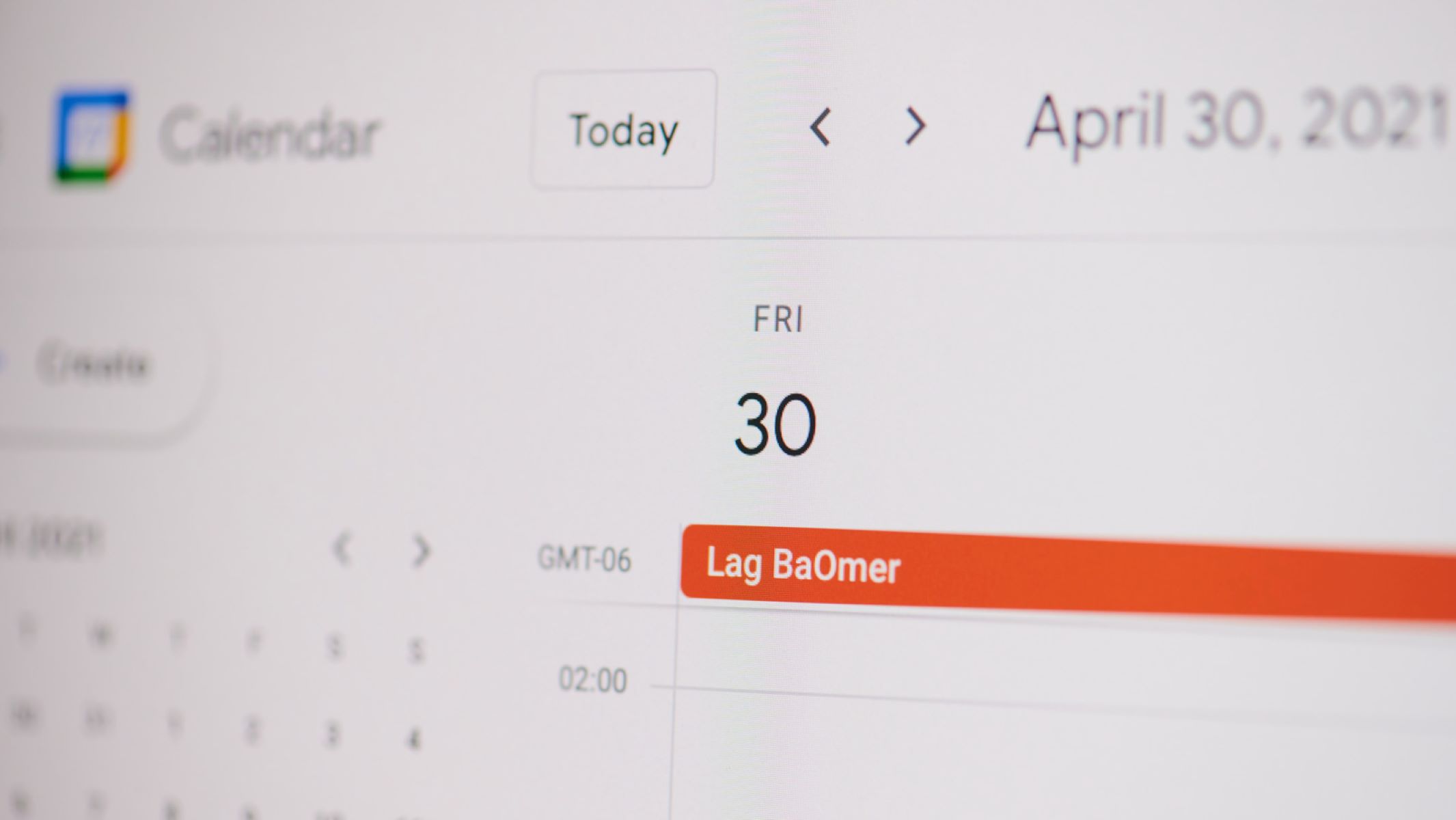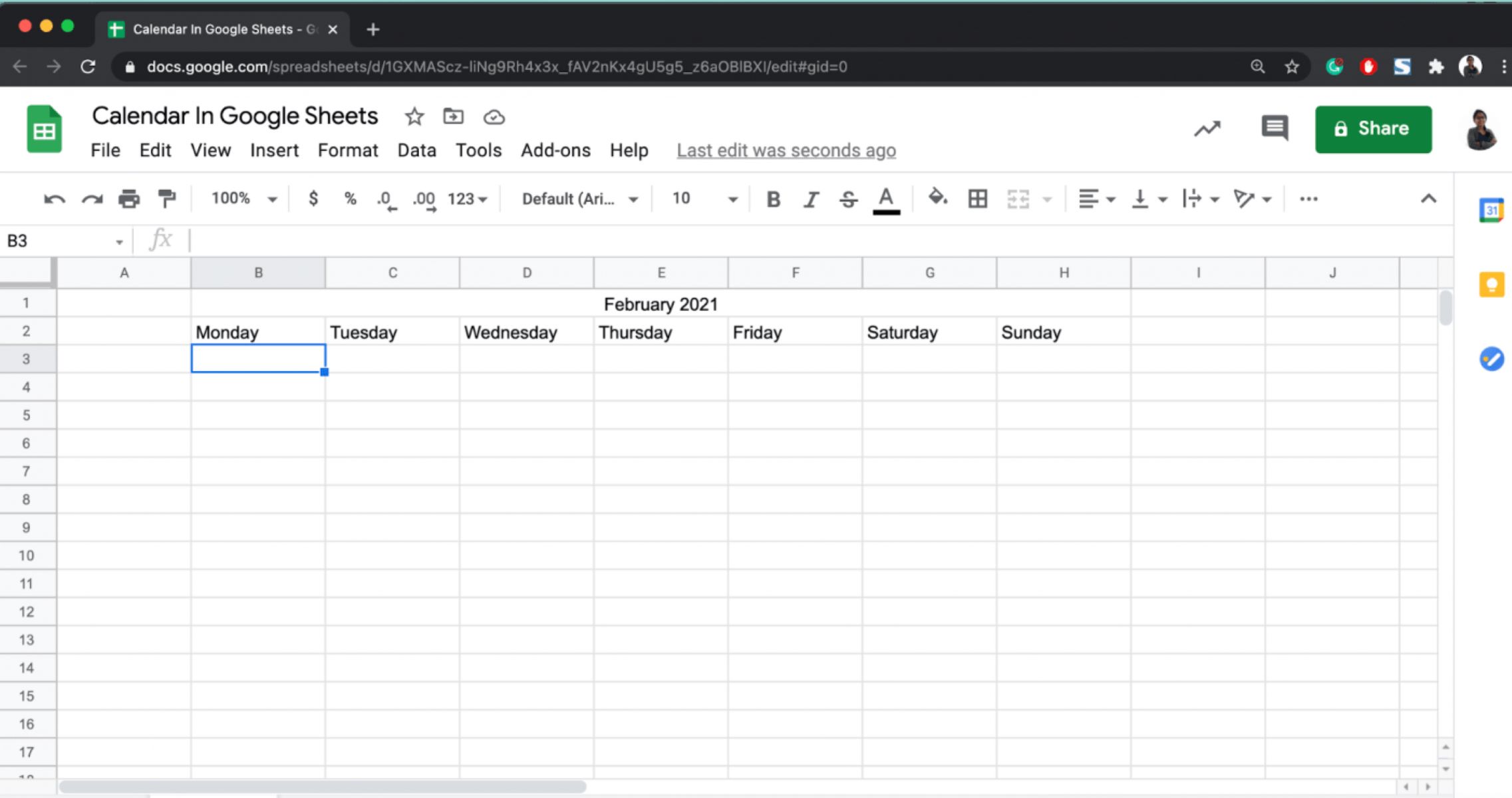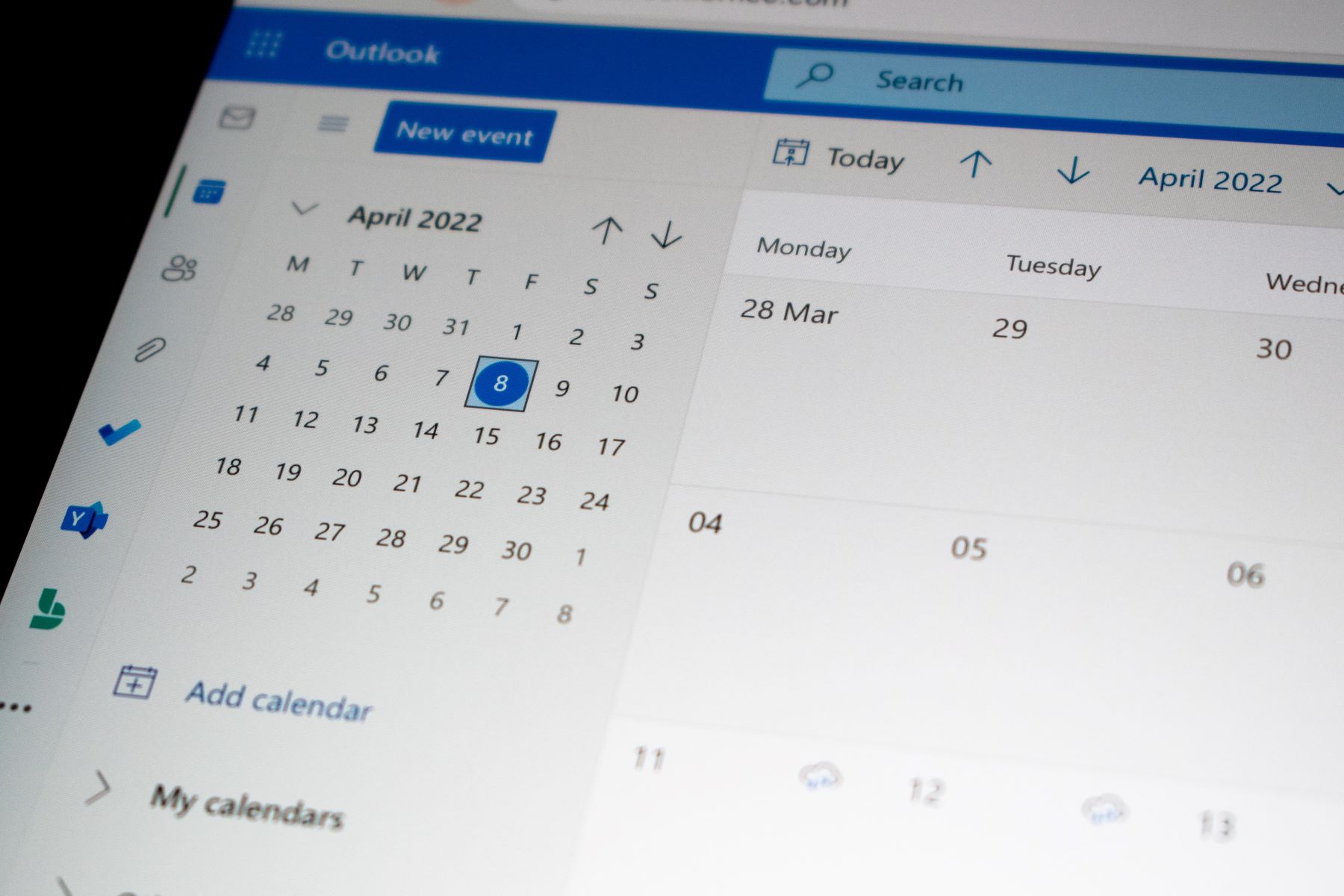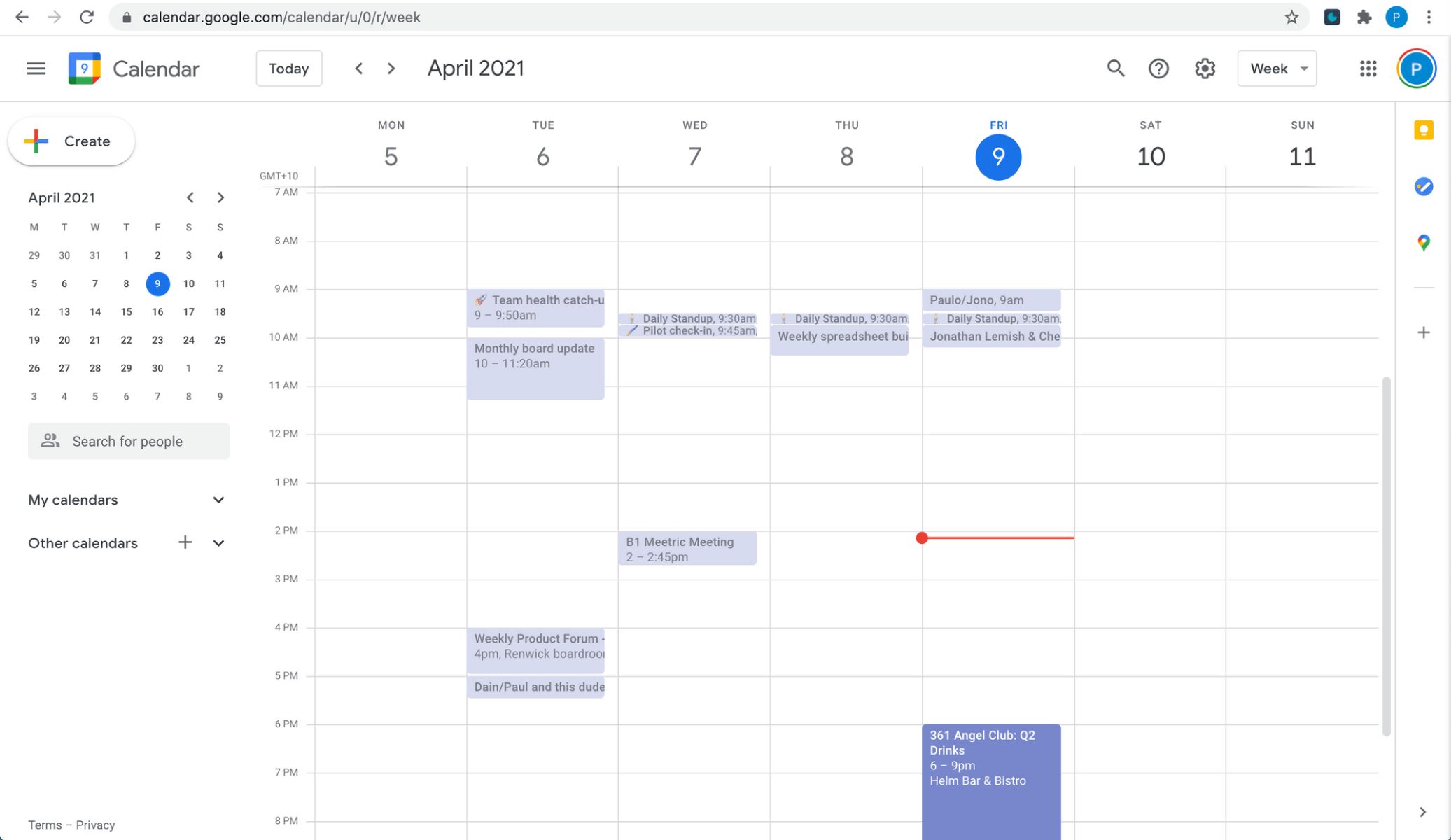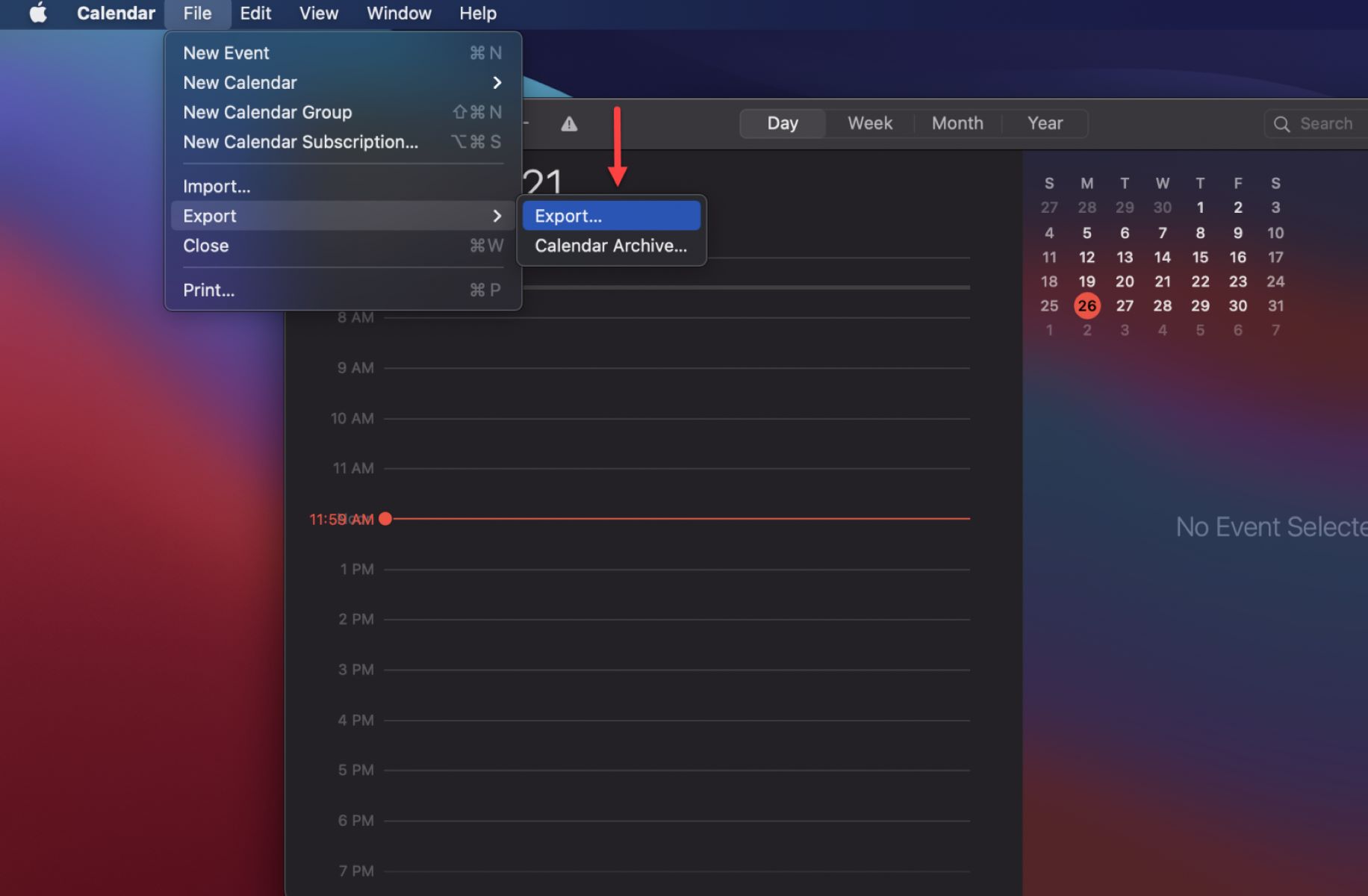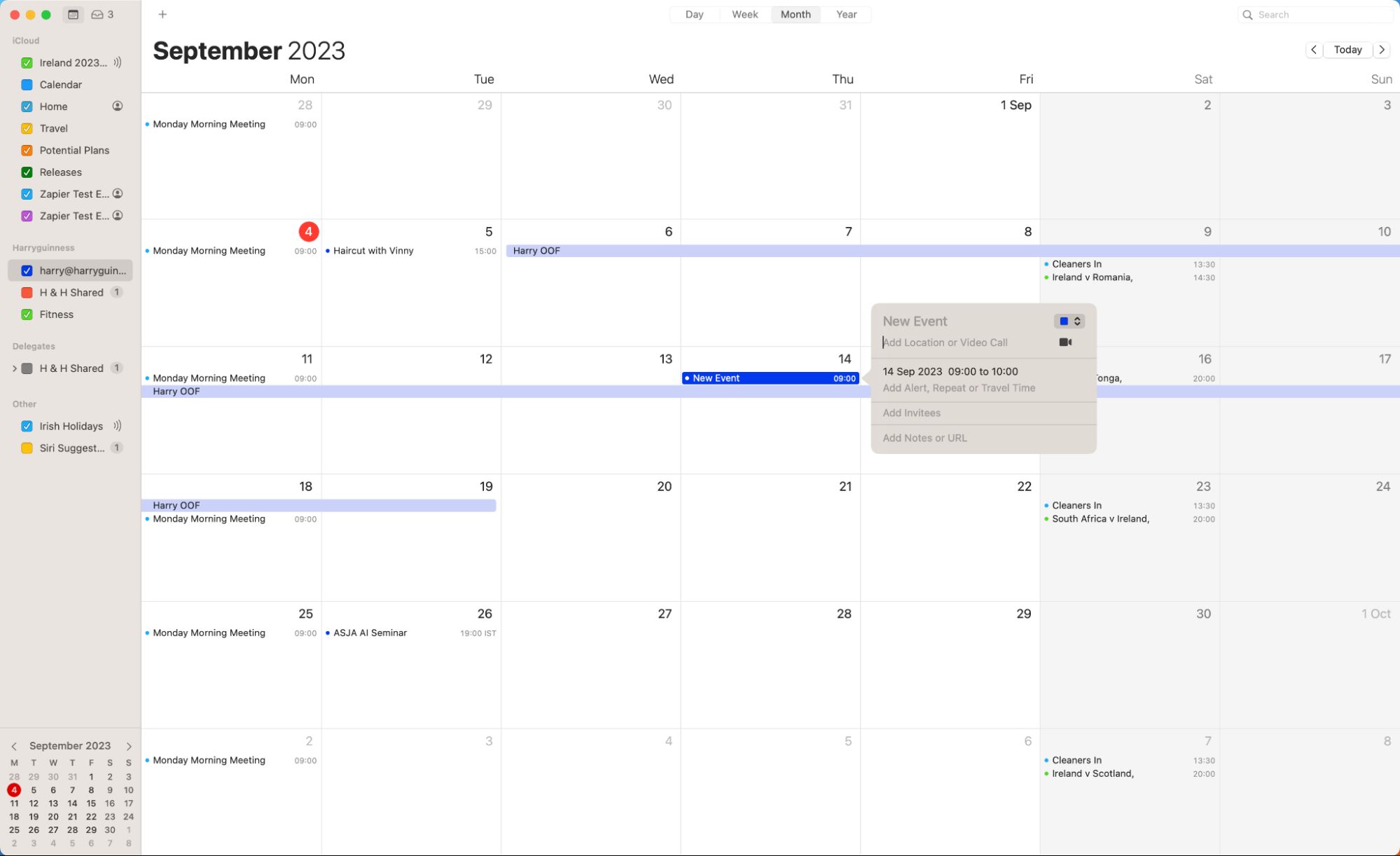Introduction
Google Calendar is a powerful tool that allows you to organize your schedule, set reminders, and stay on top of important events. However, there may be times when you need to export your calendar data for various purposes, such as sharing it with others or keeping a backup. In this article, we will explore different methods of exporting your calendar from Google Calendar.
Exporting your calendar from Google Calendar can be done in several ways, depending on your specific needs. Whether you want to export a single event, multiple events, or a specific time range, Google Calendar provides a range of options to suit your requirements. Additionally, you can export your calendar data to various formats, including Google Sheets, Microsoft Excel, CSV, and iCalendar.
By exporting your calendar from Google Calendar, you can easily share your schedule with colleagues, clients, or friends who may not have access to your Google Calendar. You can also create backups of your calendar data to ensure that you don’t lose any important events or appointments. This flexibility and convenience make exporting your calendar a valuable feature of Google Calendar.
In the following sections, we will look at the step-by-step process of exporting a single event, multiple events, and a specific time range from Google Calendar. We will also explore how to export your calendar data to different file formats, so you can choose the one that best suits your needs. Let’s dive in and discover the various methods of exporting your calendar from Google Calendar.
Exporting a Single Event
If you want to export a single event from Google Calendar, follow these simple steps:
- Open Google Calendar.
- Find the event you want to export by either navigating through the calendar or using the search bar.
- Click on the event to open its details.
- In the event details window, click on the three-dot menu icon located at the top-right corner.
- From the dropdown menu, select “Export.”
- A pop-up window will appear with export options. Choose the format you prefer, such as Google Sheets, Microsoft Excel, CSV, or iCalendar.
- Click on the “Export” button.
- Depending on the format you selected, the file will be downloaded to your device or opened in a new browser tab.
By exporting a single event, you can easily share it with others without giving them access to your entire calendar. This is particularly useful for sending event details to colleagues or clients who may need to attend the event or keep track of it.
For example, if you are organizing a team meeting and need to send the event details to your team members who may not have access to your Google Calendar, you can simply export the event and share it with them. They can then import the event into their own calendars, ensuring that everyone is on the same page.
Exporting a single event also allows you to keep a record of important appointments or special occasions. You can save the exported file on your computer or cloud storage, ensuring that you have a backup in case of any data loss or accidental deletion.
Now that you know how to export a single event from Google Calendar, let’s move on to the next section to explore how to export multiple events at once.
Exporting Multiple Events
If you need to export multiple events from your Google Calendar, Google Calendar provides a convenient way to do so. Follow these steps to export multiple events:
- Open Google Calendar.
- On the left side of the screen, click on the checkbox next to each event you want to export. You can select multiple events by holding down the Ctrl or Command key while clicking on each event.
- Once you have selected all the events you want to export, click on the three-dot menu icon located at the top-right corner of the calendar.
- From the dropdown menu, select “Export.”
- A pop-up window will appear with export options. Choose the format you prefer, such as Google Sheets, Microsoft Excel, CSV, or iCalendar.
- Click on the “Export” button.
- Depending on the format you selected, the file will be downloaded to your device or opened in a new browser tab.
Exporting multiple events allows you to share a collection of events with others or create a backup of a specific set of events. This can be particularly useful when you are involved in a project that spans across multiple events or when you need to share a series of related events with colleagues or clients.
For example, if you are organizing a conference and have a series of events related to the conference, such as keynote speeches, breakout sessions, and networking events, you can select all these events and export them as a group. This makes it easier to share the entire conference schedule with attendees or other stakeholders.
Exporting multiple events also comes in handy when you want to keep track of a particular set of events. You can export them to a file and use it for reference or analysis. For instance, if you are tracking your work-related appointments and want to analyze the time distribution of certain types of meetings, exporting those specific events will allow you to conveniently perform data analysis in a spreadsheet application.
Now that you know how to export multiple events from Google Calendar, let’s explore how to export a specific time range.
Exporting a Specific Time Range
If you want to export events within a specific time range from your Google Calendar, Google Calendar offers a straightforward process. Follow these steps to export events within a specific time range:
- Open Google Calendar.
- On the left side of the screen, click on the date range that includes the events you want to export. You can also navigate through the calendar to find the desired time range.
- Once you have selected the time range, click on the “Settings” gear icon located at the top-right corner of the calendar.
- From the dropdown menu, select “Settings.”
- In the left sidebar of the Settings page, click on “Export” under the “Import & Export” section.
- A new page will open with export options. Choose the format you prefer, such as Google Sheets, Microsoft Excel, CSV, or iCalendar.
- Click on the “Export” button.
- Depending on the format you selected, the file will be downloaded to your device or opened in a new browser tab.
Exporting events within a specific time range allows you to focus on a particular period and capture all relevant events within that timeframe. This can be beneficial when you are organizing a project or planning an event that spans a specific duration.
For instance, if you are organizing a week-long training program and want to share the schedule with your participants, exporting the events within that specific time range makes it easy to provide them with a comprehensive overview of what to expect each day.
Exporting events within a specific time range can also help you analyze your calendar usage and identify trends or patterns. By exporting events over a certain period, you can gain insights into your scheduling habits, identify busy or idle periods, or assess how you allocate your time.
Now that you know how to export events within a specific time range from Google Calendar, let’s explore different file formats you can export your calendar data to.
Exporting to Google Sheets
Exporting your calendar to Google Sheets is a convenient option if you want to have your calendar data organized in a spreadsheet format. To export your Google Calendar to Google Sheets, follow these steps:
- Open Google Calendar.
- On the left side of the screen, click on the date range that includes the events you want to export.
- Once you have selected the time range, click on the “Settings” gear icon located at the top-right corner of the calendar.
- From the dropdown menu, select “Settings.”
- In the left sidebar of the Settings page, click on “Export” under the “Import & Export” section.
- On the Export page, select the “Google Sheets” option.
- Click on the “Export” button.
- A Google Sheets file will be created with your calendar events in a tabular format.
Exporting your calendar to Google Sheets allows you to have a more structured view of your events. In the spreadsheet, each event will be listed with its details, such as title, start time, end time, location, and description, organized in columns and rows.
This format is useful when you need to perform further analysis or calculations on your calendar data. You can use the functions and features of Google Sheets to manipulate the information and extract relevant insights.
For example, you can use Google Sheets to generate reports on your event attendance, calculate total durations of specific types of events, or create visualizations of your calendar data using charts or graphs.
Exporting to Google Sheets also enables you to collaborate with others more effectively. By sharing the Google Sheets file with colleagues or team members, you can ensure everyone has access to the updated calendar information. Multiple users can edit the spreadsheet simultaneously, making it easier to coordinate and plan events together.
Now that you know how to export your calendar to Google Sheets, let’s explore other file formats you can export your calendar data to.
Exporting to Microsoft Excel
If you prefer to work with Microsoft Excel for organizing and analyzing your calendar data, you can easily export your calendar from Google Calendar to Excel. Follow these steps to export your calendar events to Microsoft Excel:
- Open Google Calendar.
- On the left side of the screen, click on the date range that includes the events you want to export.
- Once you have selected the time range, click on the “Settings” gear icon located at the top-right corner of the calendar.
- From the dropdown menu, select “Settings.”
- In the left sidebar of the Settings page, click on “Export” under the “Import & Export” section.
- On the Export page, choose the “Microsoft Excel” option.
- Click on the “Export” button.
- A file in Excel format (.xlsx) will be downloaded to your device.
Exporting your calendar to Microsoft Excel allows you to leverage the features and functions of Excel to organize and analyze your calendar data in a familiar environment. Each event will be listed in rows, and the different details such as event title, start time, end time, location, and description will be organized in columns.
By exporting to Excel, you can sort and filter your calendar data based on specific criteria, create pivot tables to summarize information, apply formulas to perform calculations, and generate customized reports based on your needs.
For example, you can use Excel to calculate the total hours of all your meetings, analyze the distribution of events over different days or months, or track your availability based on event durations.
Exporting your calendar to Excel also allows for seamless collaboration with colleagues or clients who primarily use Excel for data analysis and reporting. You can share the exported Excel file with them, and they can easily work with the data without the need for conversion or compatibility issues.
Now that you know how to export your calendar to Microsoft Excel, let’s explore other file formats you can use to export your calendar data.
Exporting to CSV
If you prefer a more universal file format for exporting your calendar data, you can choose to export it to CSV (Comma-Separated Values). Follow these simple steps to export your calendar events to CSV:
- Open Google Calendar.
- On the left side of the screen, click on the date range that includes the events you want to export.
- Once you have selected the time range, click on the “Settings” gear icon located at the top-right corner of the calendar.
- From the dropdown menu, select “Settings.”
- In the left sidebar of the Settings page, click on “Export” under the “Import & Export” section.
- On the Export page, select the “CSV” option.
- Click on the “Export” button.
- A CSV file will be downloaded to your device.
Exporting your calendar to CSV provides a simple and lightweight format that can be easily imported into various applications and platforms. Each event will be listed as a row in the CSV file, with the different event details separated by commas.
This format is ideal for situations where you need to share your calendar data with people who may not have access to Google Calendar or require a more flexible file format for integration with other software tools.
CSV files can be imported into spreadsheet applications, database systems, project management tools, and more. You can also open and edit CSV files using a text editor, making it a versatile and widely compatible file format.
For example, you can import the CSV file into Excel or Google Sheets for further analysis or manipulation. You can also import the data into a CRM (Customer Relationship Management) system to keep track of your interactions with clients.
Exporting your calendar to CSV is a convenient option if you want a portable and flexible file format for sharing and working with your calendar data across different platforms and tools.
Now that you know how to export your calendar to CSV, let’s explore another file format you can export your calendar data to – the iCalendar format.
Exporting to iCalendar Format
If you need to share your calendar data with users of different calendar applications, exporting your calendar to the iCalendar format (often referred to as .ics) is the way to go. Follow these steps to export your calendar events to the iCalendar format:
- Open Google Calendar.
- On the left side of the screen, click on the date range that includes the events you want to export.
- Once you have selected the time range, click on the “Settings” gear icon located at the top-right corner of the calendar.
- From the dropdown menu, select “Settings.”
- In the left sidebar of the Settings page, click on “Export” under the “Import & Export” section.
- On the Export page, choose the “iCalendar” option.
- Click on the “Export” button.
- An .ics file will be downloaded to your device.
The iCalendar format is widely supported by popular calendar applications, such as Microsoft Outlook, Apple Calendar, and many others. By exporting your calendar to the iCalendar format, you ensure compatibility when sharing your events with users of different calendar systems.
The exported .ics file contains all the necessary information about your events, including titles, start times, end times, locations, and descriptions. This format also supports recurrent events, so you can accurately share recurring events without losing any important details.
When sharing the .ics file, recipients can easily import it into their own calendar applications with just a few clicks. This allows them to view and manage your events alongside their own schedules, ensuring that everyone stays up-to-date without the need for multiple calendars or manual data entry.
Exporting to the iCalendar format is especially useful when coordinating events with colleagues, clients, or partners who use different calendar applications. It streamlines the process of sharing and synchronizing schedules, making collaboration more seamless and efficient.
Now that you know how to export your calendar to the iCalendar format, you can easily share your events with users of various calendar applications.
Conclusion
Exporting your calendar from Google Calendar provides you with the flexibility to share, backup, and analyze your events in various formats and across different platforms. Whether you need to export a single event, multiple events, or events within a specific time range, Google Calendar offers simple steps to accomplish these tasks.
By exporting a single event, you can easily share it with others without granting them access to your entire calendar. This is useful for sending event details to colleagues, clients, or friends who need to attend or keep track of specific events. Exporting multiple events allows you to share a collection of related events or create backups of essential event data. This is particularly helpful when organizing conferences, projects, or campaigns with a series of interconnected events.
Exporting events within a specific time range helps you focus on a particular period and capture all relevant events. This is invaluable for planning and tracking activities in time-bound projects or when assessing your calendar usage patterns.
Google Calendar also offers exporting options to Google Sheets, Microsoft Excel, CSV, and iCalendar formats. Exporting to Google Sheets and Excel provides enhanced possibilities for organizing and analyzing your calendar data. It allows you to sort, filter, and perform calculations on your events, generating valuable insights and reports. Exporting to CSV offers a lightweight and widely compatible format that can be easily imported into various applications and systems. Exporting to the iCalendar format ensures compatibility with different calendar applications, enabling seamless sharing and collaboration across platforms.
With the ability to export your calendar data in different formats, Google Calendar empowers you to make the most of your schedule, whether it’s for personal, professional, or collaborative purposes. So, the next time you need to share your events, create backups, or perform data analysis, remember the various exporting options available to you in Google Calendar.







